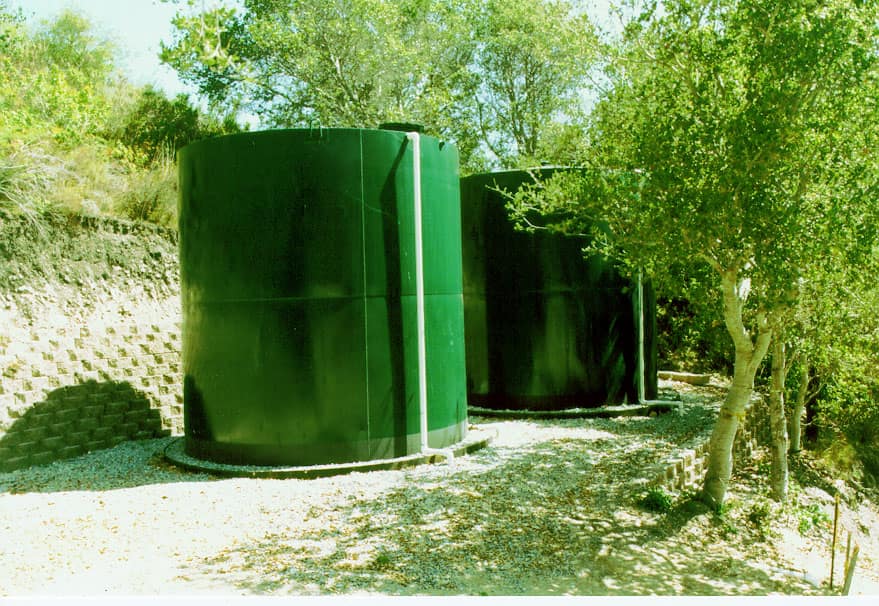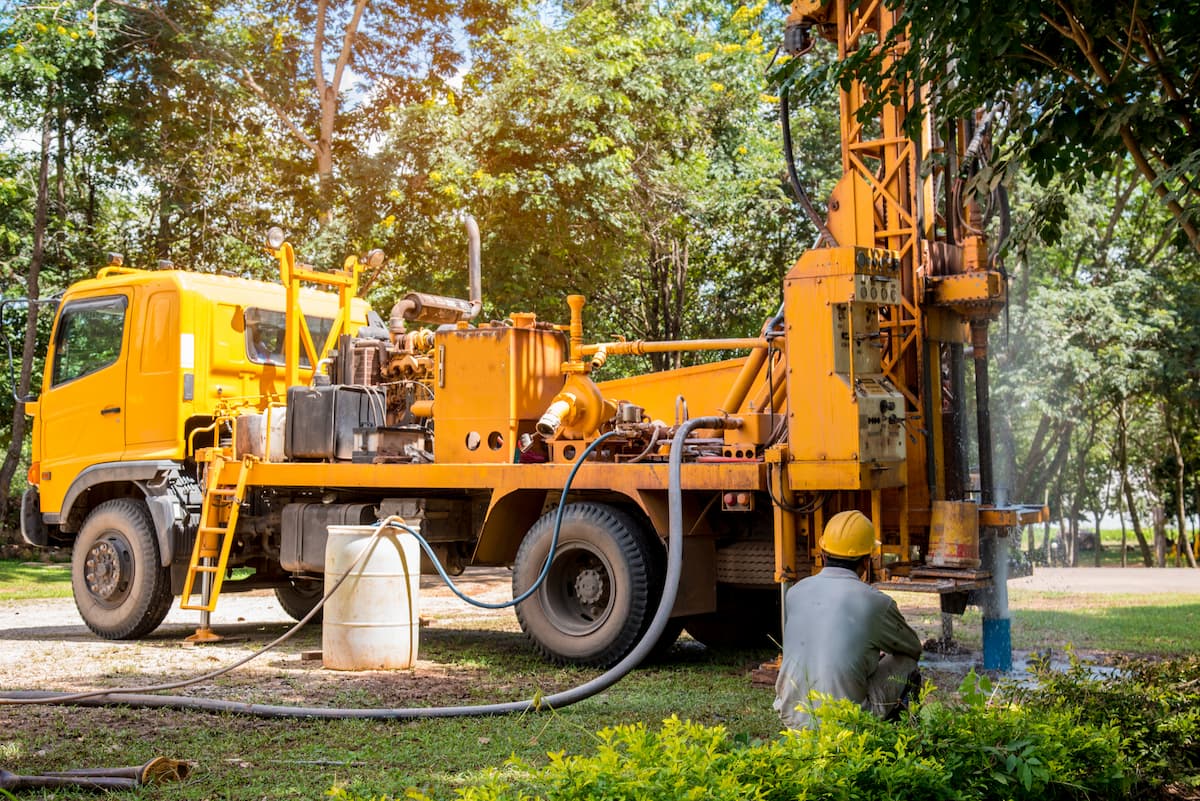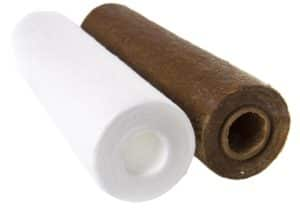How Drought Affects Well Water Treatment Systems And Water Quality
The 2014 North American Drought marked a severe expansion of the drought that began in 2010, driven by a lack of rain and snow. With little rainwater or meltwater to soak into the ground, dry conditions worsened.
While some regions have seen heavy rainfall and flooding, states like California and Texas remain in severe drought.
California recorded its driest year ever in 2013. With the Sierra snowpack at less than 18% of normal, the spring runoff was minimal, setting the stage for a dry and difficult summer with serious consequences for residents and agriculture.
According to the EPA, 15% of U.S. residents rely on private wells for drinking water. The ongoing drought is now affecting thousands of these wells across the country.
The drought has already caused—and is expected to continue causing—devastating financial impacts, especially in agricultural regions and communities dependent on groundwater. Millions of Americans who rely on private wells may also be at risk.
Aquifer water levels that feed wells don’t remain constant. Droughts, seasonal rainfall changes, and overpumping can all lower groundwater levels. When water is drawn faster than it can be replenished, the well’s water level drops. This is likely happening in some areas during the current drought.
What To Do If Your Region Is Affected
If you reside within a region affected by drought, be on the lookout for a change in your well water. If you experience a dry well condition where the well is actually pumping air, consult with a qualified professional water well contractor to see what the level of the water is in the well.
Usually, the well pump can be lowered to take advantage of the existing water table. If your well water quality has changed in recent months and you discover increased levels of odor, color, or possibly sediment, it is possible that this was the result of a drop in the water table.
Restoring a well may also cause it to produce significantly more water, as well as improve water quality. Water well rehabilitation is the process of refurbishing a well to its best possible condition using various physical or chemical methods. An expert water well contractor can perform tests to determine if rehabilitation measures are necessary before starting the procedure.
Water Treatment Devices Impacted By Drought
A significant number of well water owners utilize various types of water treatment systems to obtain drinkable water from their wells. These include iron filters, water softeners, chlorinators, sediment filters, ozone generators, and UV sterilizers, among others.
Systems that include automated iron filter systems, water softeners, and reverse osmosis systems all utilize water to automatically clean and maintain the treatment system in a procedure referred to as regeneration, wherein the system is back-washed and rinsed to clean and maintain the treatment system.
Many homeowners do not know how frequently these devices regenerate or just how much water is used during the process. If the well doesn't generate sufficient flow and pressure to properly clean and regenerate the water treatment system, then the treatment system will eventually foul and/or need premature service.
How To Optimize Your Water Treatment System During The Drought
Analyze your water both before and after your water treatment system to ascertain if it is working in line with the manufacturer's specifications. If it's working properly, look into changing the frequency of the backwash or regeneration to save on water.
For example, if you've got an iron filter or some other style of backwashing filter system that backwashes every night, look into setting it for every other night to cut water usage. If it is set for once every 4 days, think of changing it to once every 7 days.
For more information on minimizing wastewater for your backwashing system, refer to “How to Minimize Wastewater From Softeners and Backwash Filter Systems.”
Consider using the wastewater from the filter system for irrigation. With the exception of water softeners, which use saltwater brine for regeneration, many types of filtration systems have backwash water, which may have wastewater that can be directed to irrigate trees or grasses. Take a look at local regulations, as some states have restrictions on reusing this kind of wastewater.
Inspect under-sink reverse osmosis (“RO”) systems for wastewater to make sure the system is not continually running wastewater to drain. Under-sink RO systems direct a percentage of the water to drain when the system is producing the purified drinking water. If an RO system malfunctions, the RO can continually waste water. The wastewater from RO systems can be frequently used for irrigation, and it is frequently not difficult to run some tubing out of the wastewater line to the outdoors for irrigation.
Conserve Water and Be Educated

Minimize day-to-day use by installing efficient fixtures such as toilets, faucets, as well as shower heads.
Decrease total water demand by installing efficient water system fixtures and employing conservation practices to minimize the effect of drought on your own private water supply. Lessen peak water demand by limiting clothes washing and outdoor use during times of drought. Diverting your wastewater to be used for irrigation, capturing rainwater, xeriscaping, or switching to drought-tolerant landscaping can take a large load off of your outdoor irrigation water usage.
Changes in water use habits can offer fast reductions in demand. Become mindful of new developments in your community, including the development of gas extraction wells.
Contact your regional planning or zoning commission for announcements concerning hearings on development projects that may have an effect on your drinking water, and attend these proceedings. Ask questions about precisely how your own water source is being protected.
Introduction to Drought
Drought is a prolonged period of low rainfall that leads to water shortages and affects human health, ecosystems, and the economy. Climate change makes droughts worse by increasing temperatures and altering rainfall patterns. This can deplete soil moisture and strain already limited water resources.
Drought impacts go beyond water scarcity. It can degrade water quality, reduce supply, and damage infrastructure. Wildfires linked to drought also worsen air quality, raising the risk of respiratory illnesses.
The economic effects are especially severe in agriculture, where crop failure and livestock loss are common. Drought can also harm aquatic life and ecosystems by reducing stream flow and concentrating pollutants.
To reduce these risks, it’s important to focus on water conservation, efficiency, and long-term resource management. These strategies help protect water quality, safeguard the environment, and support community health during dry periods.
Impacts of Drought on Water Quality
Drought reduces water flow and increases evaporation, concentrating pollutants and heavy metals in water supplies. Stagnant water can also promote harmful algal blooms, which threaten human health and aquatic life. These conditions make it harder for water treatment systems to maintain safe drinking water standards.
Private wells and other individual water supplies are especially vulnerable during droughts. Climate change adds to these risks, making it vital to prepare with adaptive strategies. Poor water quality and limited sanitation can also raise the risk of waterborne diseases.
In regions facing water shortages, people often turn to alternative sources that may be contaminated. That’s why water conservation, reuse, and smart water management practices are key to maintaining water quality during drought conditions.
Water Infrastructure and Drought
Drought puts stress on water infrastructure, including supply systems, treatment plants, and distribution lines. Aging infrastructure is particularly at risk, with issues like low water pressure and increased pipe failures becoming more common. Water restrictions and conservation measures can help reduce system strain.
Upgrading to water-efficient technologies can cut usage and lessen drought impacts. Drought also raises the risk of water main breaks and infrastructure damage, emphasizing the need for timely repairs and maintenance.
Building drought-resilient infrastructure, such as storage tanks and durable materials, is essential. Water utilities, governments, and communities must work together on long-term strategies to manage infrastructure during droughts effectively.















